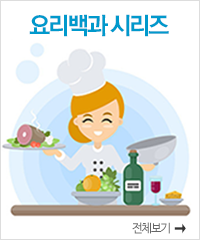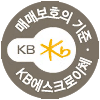Abstract
The Consumption Experience of Expensive Wine Lovers Understanding
Jang Chul Ho
Department of Hospitality & Tourism Management
The Graduate School
Sejong University
According to CAGR, the Korean imported wine market is expected to grow to 4.16% by 2021 starting from 2016. These statistical results demonstrate that wine is not a special consumer product for some classes, but a shift in perception. Nevertheless, some specific wine consumption is being delivered to the wine consumer through a special route even at high cost due to the increase in the population to improve the standard of living through high culture. The value of cultural enjoyment is formed based on the idea of being richer and being able to be evaluated. This trend of consumption is also in line with the up sizing of the consumer market where it is thought that consumption can improve the status and privileges of individuals in the pursuit of psychological satisfaction and in the community. On the other hand, classifying consumption patterns, consumption motivations, and consumer experiences according to consumption experiences of wine lovers will have important implications for exploring wine lovers‘ experiences. Depending on the type of experience of wine lovers, there will be differences in wine consumption, It is believed that wine lovers will influence the consumption of wine as a tool for assessing their status, privileges and even their level. Therefore, this study aims to grasp the meaning of wine itself as a unique area through qualitative research. To achieve this purpose, this study uses phenomenological research method to describe the nature of wine consumption experience phenomenon. Various occupations and demographic characteristics were considered to select the subjects of the study and a total of 13 persons were selected through periodic wine lovers. Six in-depth interviews and participatory observation were conducted from June to October in 2019, The result of all research data were segmented into 230 conceptions and sorted into 35 semantic units. The organized data were conceptualized and categorized into two concepts: the consumption form of wine lovers and the empirical understanding of wine lovers. This concept of consumption was again subcategorized into five
categories: “Introductory Wine Path,” “Wine Purchase Path,” “Wine Drinking Way,” “Wine manner,” and “Wine Use Path.” And the concept of wine empirical understanding is ‘wine expertise’, ‘wine differentiation’, ‘non-luxury experience’, ‘wine companion’, ‘wine aesthetic experience’, ‘wine tradition’, ‘social aspects of wine’, Purity ‘is organized into eight subcategories. Based on the results of the study, the types of consumption behaviors of wine lovers are divided into wine consumption patterns and empirical understandings of wines. In addition, the understanding of the wine experience can be seen that the empirical understanding of the wine is formed by the professionalism of wine, the distinction of wine, experience, companion, aesthetic experience, wine tradition, social aspects, purity of wine experience. On the other hand, this study is meaningful in that it examines and conceptualizes the phenomenon of consumption and empirical understanding of wine lovers who have no theoretical studies. In addition, the understanding of the consumption experience of fine wine derived from the research gives new academic meaning based on the uniqueness of the fine wine market.
Keywords: expensive wines, wine lovers, in-depth interviews, participation observation, content analysis, consumption patterns, consumption experience.

 KFA(K-Food Archive) 약 100만여개 Big Data Project
KFA(K-Food Archive) 약 100만여개 Big Data Project






 통합검색
통합검색









 Abstract
Abstract •krei 한국농촌경제연구원 •thinkusadairy.org •Wine Kit Korea
•krei 한국농촌경제연구원 •thinkusadairy.org •Wine Kit Korea












